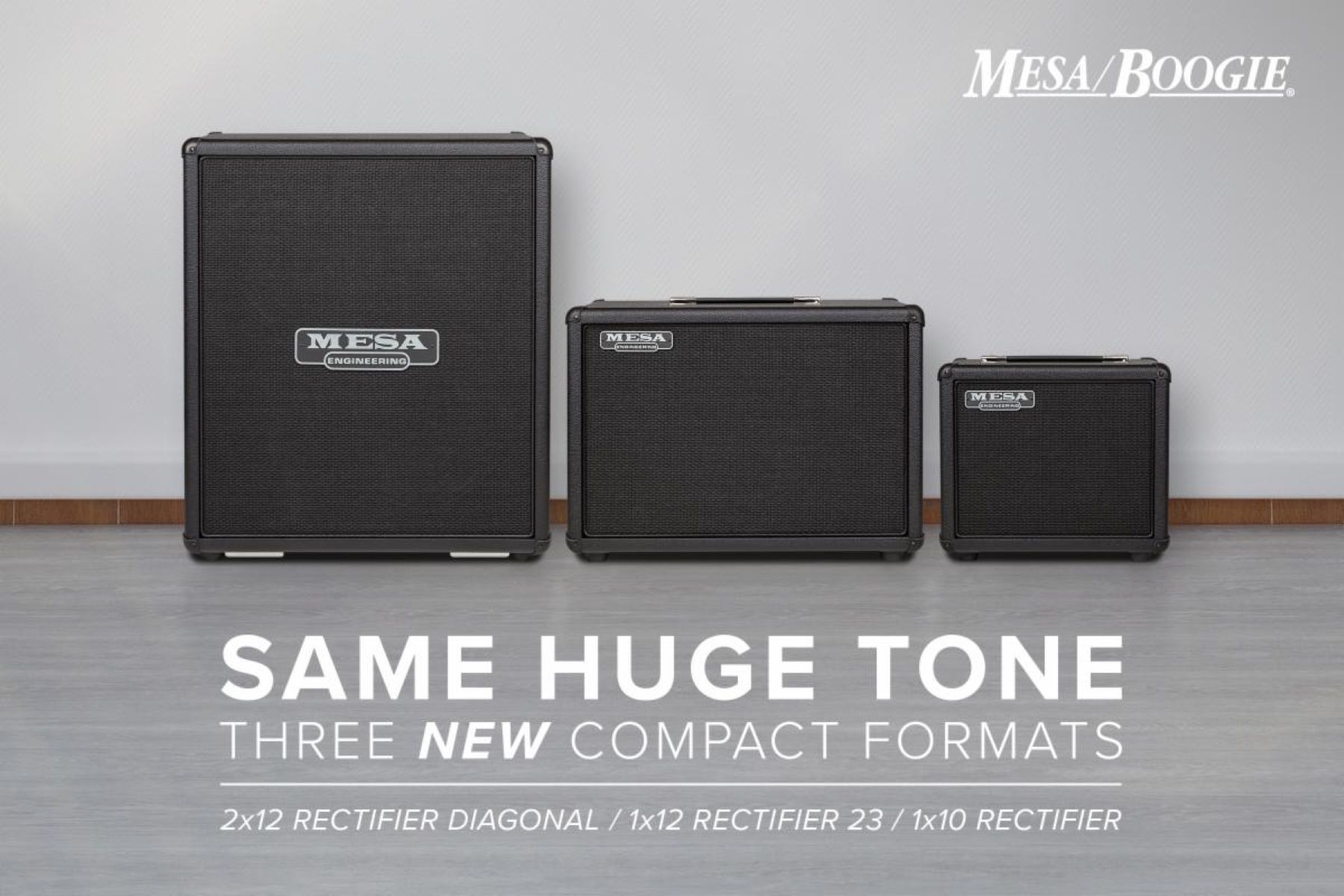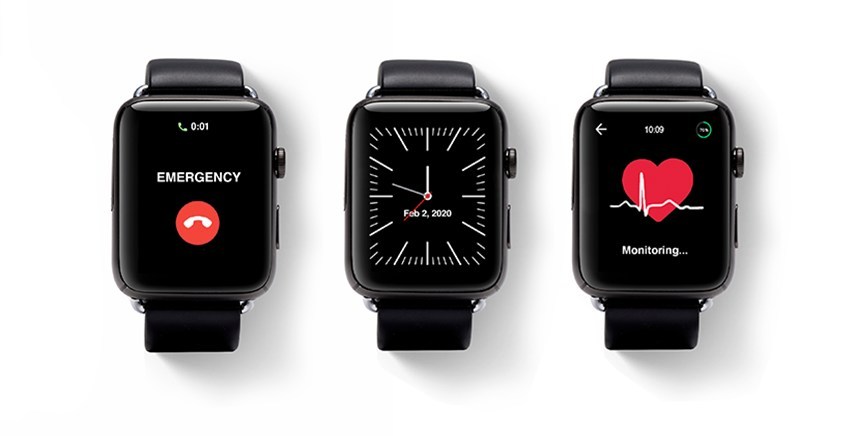Comparing Occurrence and Claims-Made Liability Insurance

One of the first choices a person applying for malpractice insurance must make is whether they prefer an occurrence or a claims-made policy. But what’s the difference? We compare occurrence and claims-made liability insurance below to help you determine which option is right for you.
What Is Occurrence Liability Insurance?
An occurrence policy is a form of liability insurance that covers events during a policy period, no matter when the liability claim was filed. The insurance covers any occurrence when the policy is active, regardless of when the claim was filed. Occurrence coverage also has no retroactive date, so the insured is covered for the rest of their life, and any occurrence during the period when the policy was active is covered. For example, if a dentist has an occurrence liability policy from 2005–2010 but is sued five years after it expired for an incident that occurred in 2007, their insurance will still cover them.
What Is Claims-Made Liability Insurance?
We understand occurrence liability insurance; now it’s time to compare it to claims-made policies. Claims-made policies are more common in liability and malpractice insurance than occurrence policies, as they’re more affordable. A claims-made policy depends on when the incident occurred, when the claim was filed, and whether the policy was active in both circumstances.
To return to our example above, suppose a dentist has a claims-made policy for five years but retires and doesn’t purchase additional tail coverage. They wouldn’t be covered if they were later sued for malpractice for any incidents during their coverage period since the policy has since expired. It doesn’t matter that they were covered at one point for that period, as the policy is no longer active.
Which Liability Insurance Is Best for Me?
Choosing between occurrence and claims-made liability insurance is one of the key things to consider when buying malpractice insurance. Individuals deciding on a liability insurance policy must consider many key factors, including their profession, risk profile, and budget. Claims-made policies are more common than occurrence because they’re much more affordable, but occurrence offers the advantage of indefinite coverage for a policy period even after it’s expired.
However, claims-made policies offer additional options like nose and tail coverage that keeps individuals covered before their policy is enacted and after it’s expired. If you’re undecided, compare the available policies to determine which fits your budget and your priorities for liability insurance.
We hope our breakdown has helped make liability insurance a bit easier to comprehend. It can sometimes be confusing, but deciding between an occurrence and a claims-made policy is one of the first steps in finding the ideal malpractice insurance for you. Consider all the options available and choose the policy that best fits your scope, risk profile, and budget.





